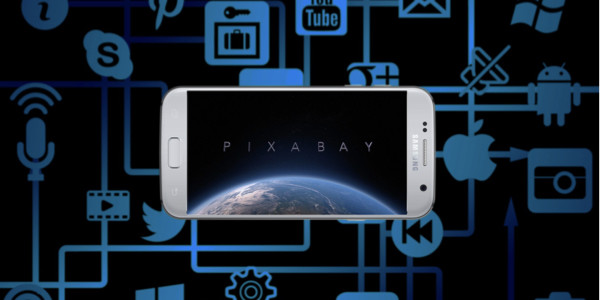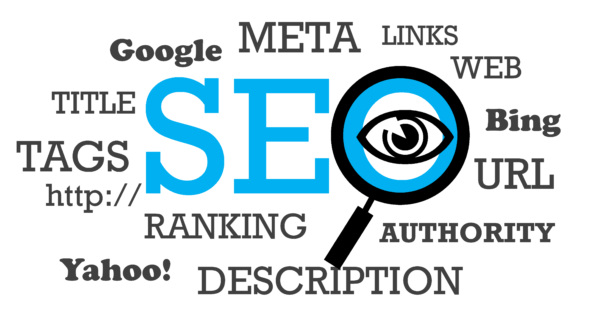
Advertising and the Internet of Things
Data driven marketing is smart marketing.
Have you ever been awake at night and been inundated with advertisements on your TV that have absolutely no relevance to you? Whether the exact example fits, figuratively we all have been the gainfully employed 20 something night owl that has suffered through “we’ll help you get a job” and adult incontinence commercials.
As a marketing agency, we know that such horribly targeted ads are a waste of money and consumer’s times, but sadly that has been the way of marketing for decades, a rough “spray and pray” method. When the world became digitally and socially integrated, marketers everywhere rejoiced as this allowed us to more accurately target the demographics and markets that our goods and services were a good fit for. Google Ad Words and Facebook ads for example have allowed the savvy marketer to narrow and segment their marketing plans in order to get the biggest bang for their advertising buck.
Which is why we are so excited for the Internet of Things.
The Internet of Things, otherwise known as The Internet of Everything, refers to the inclusion of wireless technology in devices that have not previously been designed for network compatibility and have some sort of data output. Examples are your fridge that is now connected to Wi-Fi, your Nest thermostat and Roomba that you can control wirelessly. The Internet of Things represents our lives moving towards a new paradigm similar to that of the old Jetsons cartoons.
It also represents an incredible amount of data. Google sees this and is making every attempt to purchase companies such as Nest because of the sheer amount of data that such devices can give them. As marketers, we are all for the collection of this kind of data as it allows us to narrow our marketing approach to consumers that are more likely to need the goods and services being offered.
Take for instance a Nest thermostat. A consumer in the dead of winter that is constantly turning up the temperature in their home is perhaps more likely to need and want a tropical vacation to a warm island. The copy that is then used to pitch to that customer can then accurately articulate this consumer’s struggle with winter. This is as opposed to someone that keeps their house very cold during the winter, indicating that indeed like the cold. Not only are we avoiding wasting the second customer’s time, but we are improving the likelihood of marketing landing true.
Another fun example is perhaps a fridge that, after scanning several RFID of your groceries, notices that you have changed to all locally grown vegetables. It then advertises to you some local farmer’s market that might interest you that might be less expensive and more convenient which further helps you to improve your lifestyle.
Now some might balk at the idea of their personal habits and tastes being used to market items and services to them. Yet at the same time, there is little difference in this to Netflix’s “You Might Also Like” functionality. The only difference is the sheer amount of data and complex algorithms that going into interpreting it.
In the end, it means that marketing will have better targeting of individuals and perhaps more ways to reach them than before. This means that more solutions can be offered to the right people that are interested in them. After all, marketing isn’t the sale of products and services, it is the offering of a solution to a problem that a consumer has, sometimes unknowingly.
Are you looking forward to fully integrating into the Internet of Things or are you going to start to figure out how to move off the grid now?







